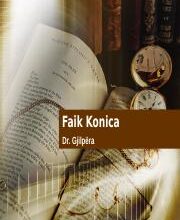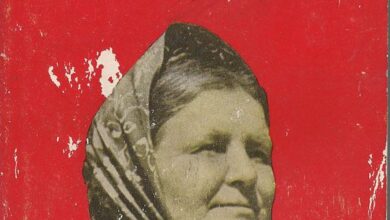Ismail Kadare Broken April

Ismail Kadare Prilli i thyer

Written in 1978 and first published in 1980 in a collection of short stories and novels, entitled “Calmness”, “Broken April” saw the light of publication as a separate book many years later, after the fall of communism. The only novel in the center of which are elaborated events related to the Albanian customary code, one of the oldest and most distinctive identification marks of the nation, this work is one of the most famous of Kadare in the world. “Broken April” has been screened for feature film three times. The first version was Albanian, the second French and the third Brazilian. Reading “Broken April” it is easy to understand why and with what force Ismail Kadare is passionate about the tragedy and its two most prominent representatives, Shakespeare and Aeschylus. “Friend, faith and blood feud are the wheels of the mechanism of ancient tragedy, and to enter into their mechanism is to look at the possibility of tragedy.” On the plateau where Besian Vorpsi and his wife travel, this opportunity is a centuries-old reality. Kadare has set the frame of his novel in the province of Mirdita, a plateau isolated from the rest of the country, with no roads worthy of the name, and a Catholic and traditional bastion. Here, in this atelier of tragedy, the writer has focused on the characteristics of the canon (i.e. canon, customary law) of many northern and eastern provinces, taken from the impressions gathered during his stay in the north in the late 1970s. Thus, the character of Ali Binaku has been alienated from reality: Binak Aliu, which is his real name, was one of the prominent figures of Northeastern Albania at the end of the 19th century. Since we are dealing with a condensed, enriched canon, tragedy has all the possible means to express itself. The novel illustrates the most prominent customary articles of this terrible canon.



